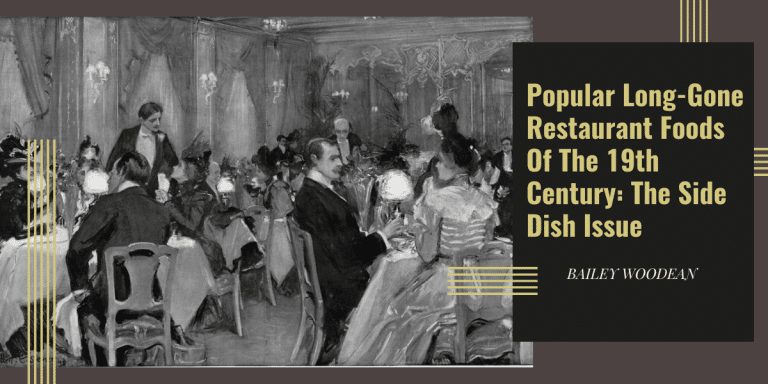
Last article, we took at look at some meat dishes that were popular around 150 to 200 years ago. They were trippy, especially when you realized that they were featured on some of the biggest restaurant names in history.
With meat preparation, it’s easy to see where things might have fallen by the wayside. Sometimes, animals go extinct. Other times, people just find better ways to prepare the cuts of meat they have around them.
But vegetables? How different could veggie side dishes really be over the past 100 years? It’s all just corn, potates, and broccoli, right? Right? WYou might be surprised…
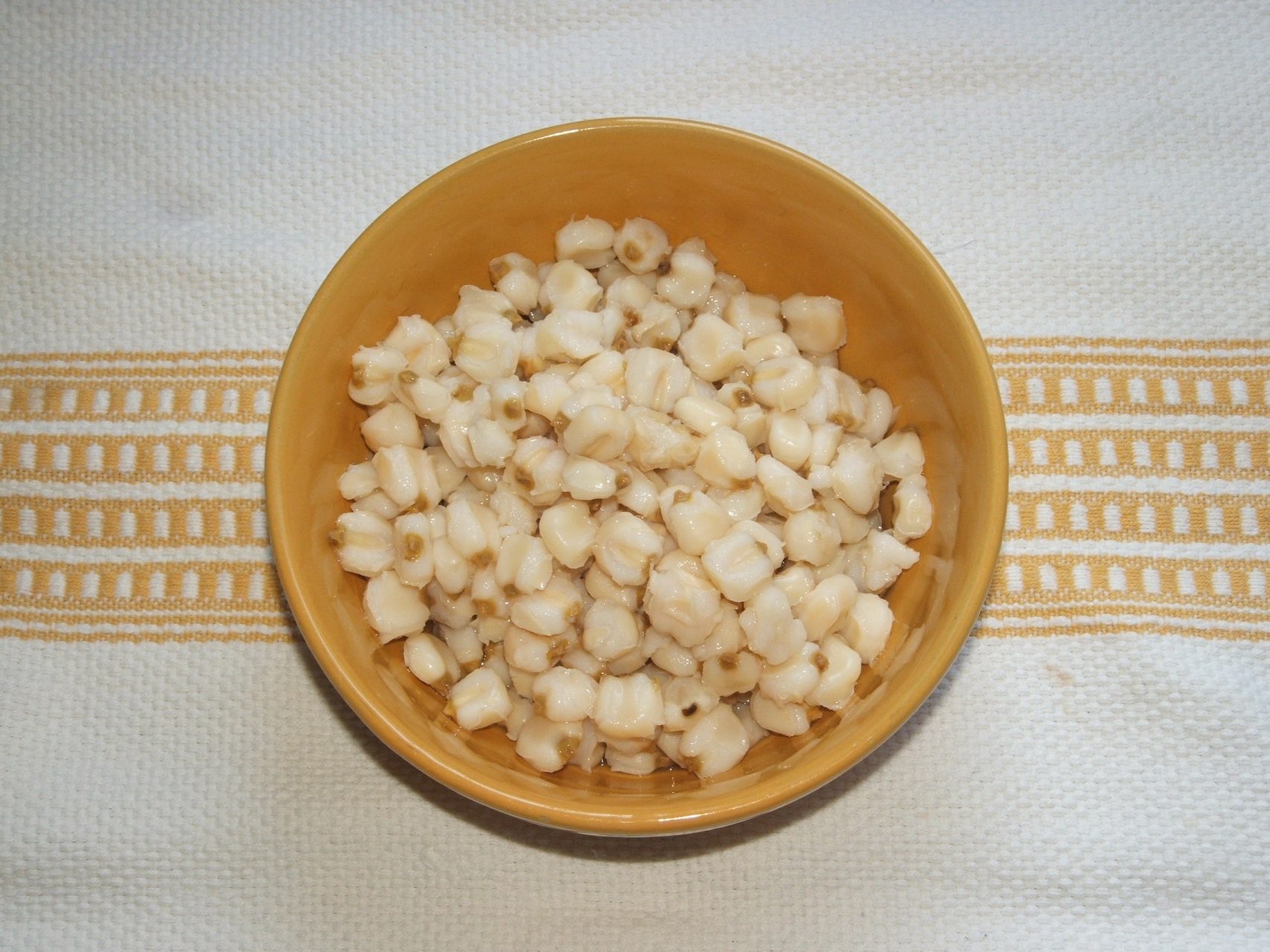
Hominy – The New York Hotel, 1859
Many of the items on this old menu from the New York Hotel are fairly recognizable; broiled lamb, chicken, and beef are still favorites today. But, hominy, not so much. Hominy, for those of us who aren’t in the know, is corn that has been processed in a way that gives it a bean-like texture.
For most of us, seeing such a country-style dish in such an iconic NYC hotspot is a little…jarring. That might be why it was taken off the menu. People just started to dig the more classic “upscale” menu of the day.

Succotash – Delmonico’s, 1899
New York City’s Delmonico’s is one of the most famous historic kitchens in the Big Apple. During the late 19th century and earlier 20th century, the iconic eatery featured a French menu filled with dishes the author of this article cannot pronounce.
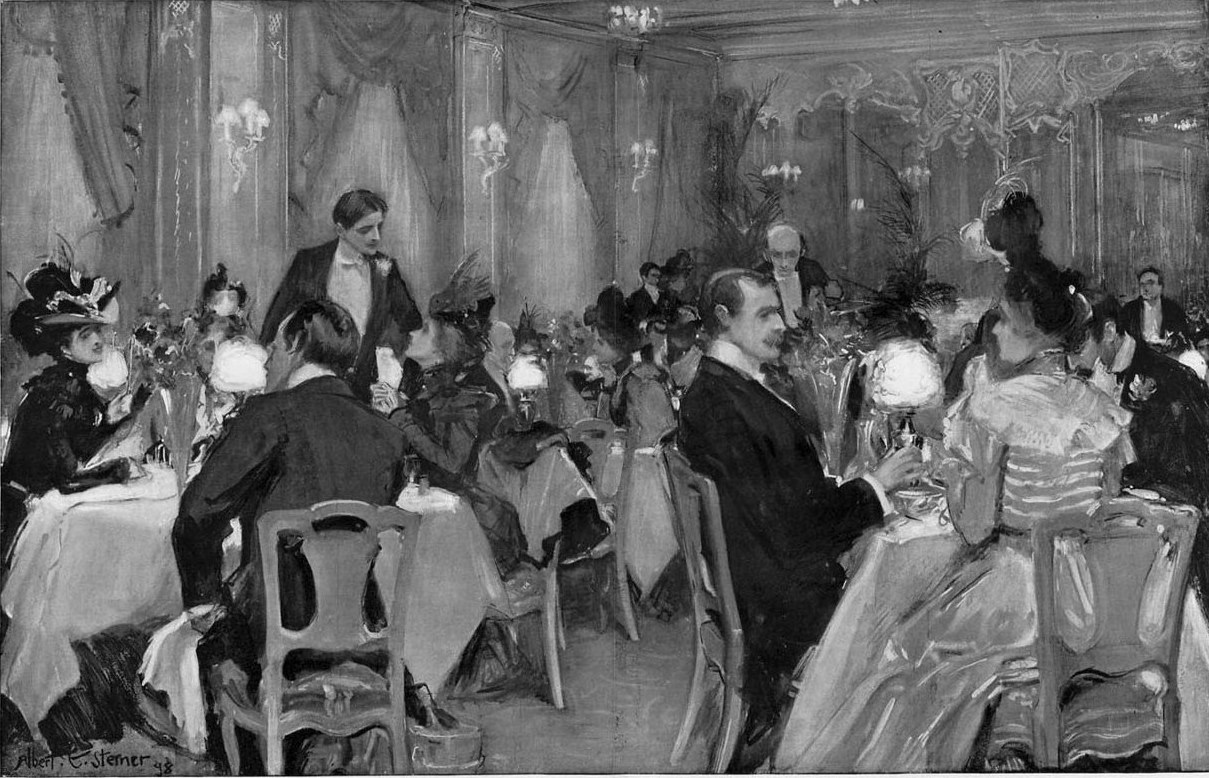
Oh, but not all of the dishes were French.
Some were fairly bluntly American, including one menu item known as succotash. For the record, succotash was a popular dish among Native Americans. Since this time period, it’s all but disappeared from menus and store shelves.
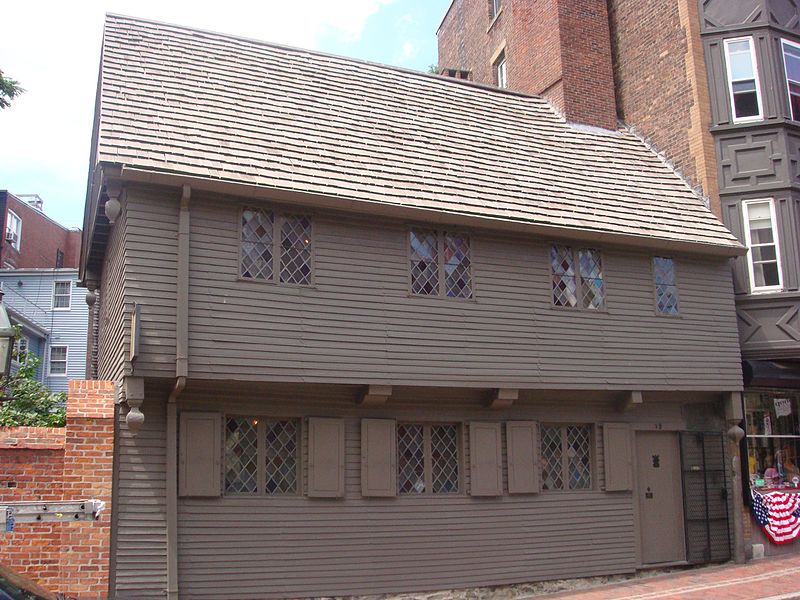
Japan Soy Relish – Parker’s Place, 1865
Parker’s Place was also known as the Paul Revere House, and it’s been home to some of the oldest menus in historical archives across the country. The New York Public Library archives had multiple menus from this era, and it’s becoming clear that some of the recipes are totally lost to time.
Such is the case with Japan soy relish, which is what one may assume was something involving chopped vegetables and soy sauce. Possibly. I looked it up and nothing was found.
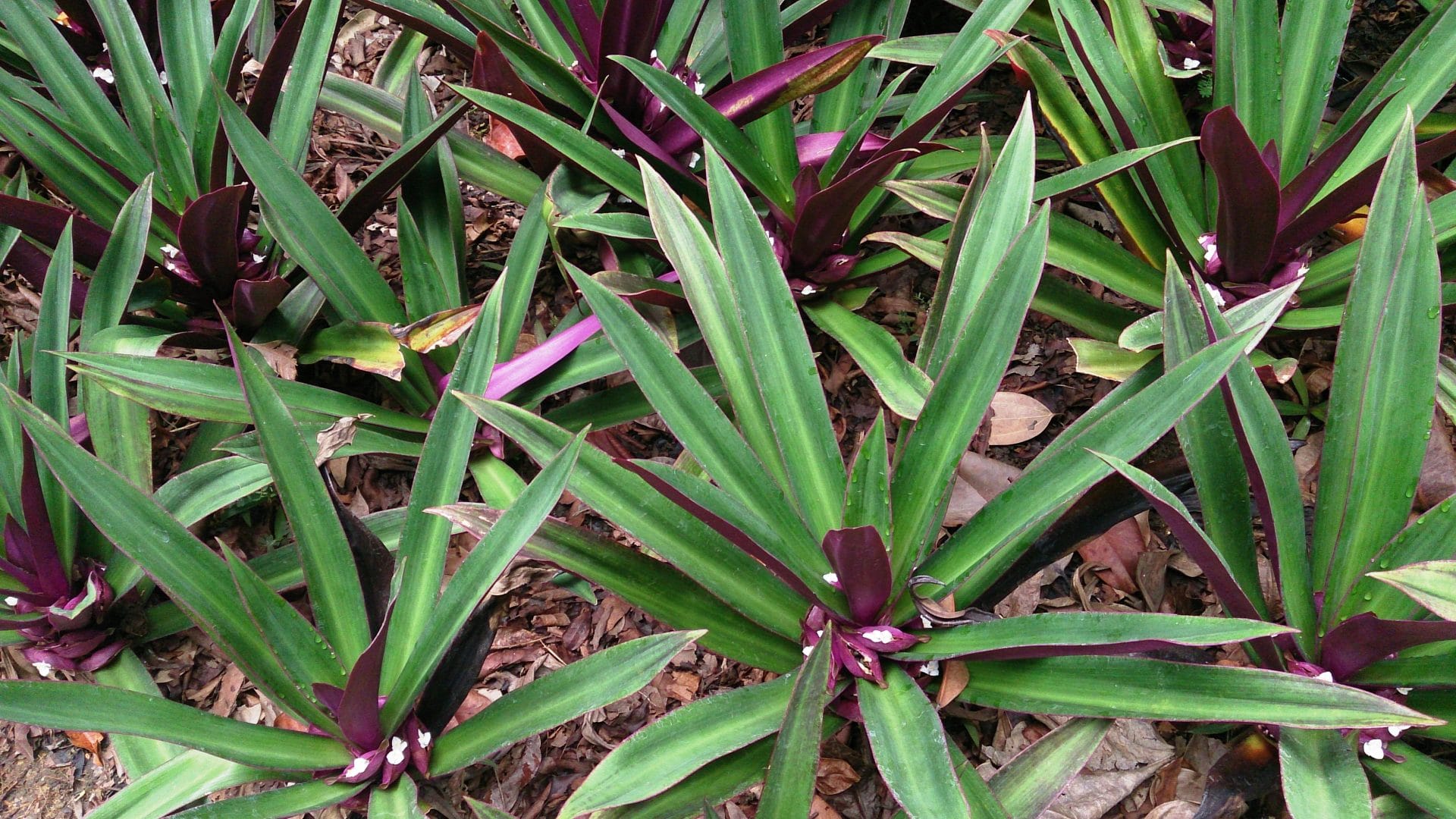
Oyster Plants – Everett House, 1865
The Everett House was a popular place in the 1860s, and it boasted a surprisingly large menu of items. Most of the items are fairly straightfoward in terms of what they are. However, there was one dish that didn’t quite make any sense to me: oyster plants.
What is an oyster plant? It’s also known as “Moses-in-the-cradle,” and apparently can be toxic if not prepared correctly. When made well, it has an oyster-like flavor, hence the name. Apparently, the plant’s popularity waxes and wanes over time, so who knows, maybe we’ll find it again sooner rather than later?